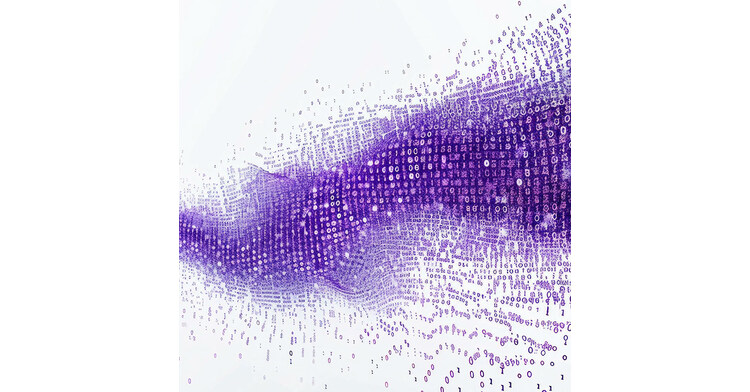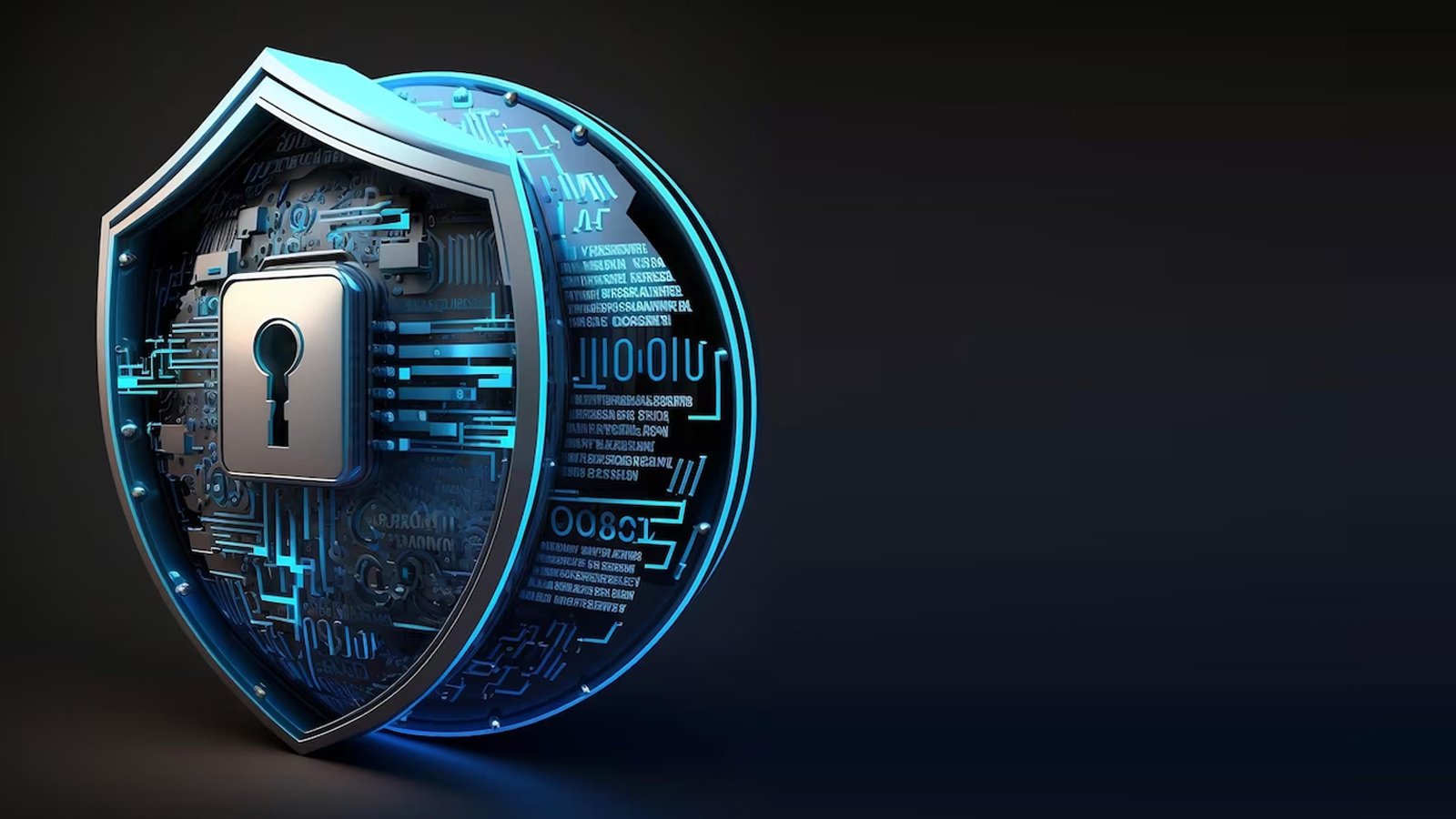Cognizant Launches AI Training Data Services to Accelerate AI Model Development at Enterprise Scale Cognizant is a data and AI model training partner, long trusted by large digital native pioneers to help train some of the most advanced AI /ML models in the world , /PRNewswire/ -- Cognizant (NASDAQ: CTSH) today announced the launch of AI

From Chatbots to Autonomous Agents: Building Goal-Oriented AI Systems for Enterprise Operations
The evolution of AI in the enterprise scope is rapidly shifting from reactive interfaces to proactive, goal-driven systems. What began as simple rule-based chatbots has now progressed toward autonomous agents—AI systems capable of making complex decisions, coordinating tasks, and adapting to changing environments with minimal human intervention. This paradigm shift, encapsulated in the transition from Chatbots to Autonomous Agents, is redefining how enterprises approach efficiency, scalability, and digital transformation.
This transition is not merely technological; it marks a shift in how businesses architect workflows, assign responsibilities, and design human-machine collaboration models. Enterprises that understand and embrace this evolution will be better equipped to build AI systems that are not just assistants but independent actors in business processes.
Also Read: AiThority Interview with Dr. Petar Tsankov, CEO and Co-Founder at LatticeFlow AI
From Reactive to Goal-Oriented: The Core Shift
Early chatbots were largely transactional—answering FAQs, routing queries, or executing basic commands. Their architecture was typically rule-based or supported by lightweight natural language processing (NLP) engines. While useful, these systems lacked depth in reasoning, contextual awareness, and task management.
By contrast, autonomous agents operate within a goal-oriented framework. Rather than waiting for commands, they work toward defined objectives—such as optimizing supply chains, managing customer support escalation, or orchestrating IT workflows—using internal planning, learning, and decision-making capabilities. This shift mirrors the broader movement from narrow AI to more generalizable, adaptive systems.
Key Characteristics of Autonomous Agents in Enterprise AI
-
Multi-Step Task Execution
Unlike chatbots that execute single-step tasks, autonomous agents break down goals into subtasks, execute them across systems, monitor outcomes, and adapt strategies when necessary. For example, a customer onboarding agent could not only initiate workflows but also monitor for KYC verification delays and reassign tasks dynamically.
-
Environmental Awareness
Autonomous agents integrate real-time data feeds, sensor inputs, and system logs to maintain context. This allows them to adjust decisions based on current system states, user behaviors, or external constraints.
-
Intent Recognition and Planning
Advanced agents use planning algorithms and reinforcement learning to map high-level goals to executable actions. They understand user intent beyond literal input, optimizing for outcomes rather than just completing inputs.
-
Inter-Agent Collaboration
In complex enterprise environments, multiple agents often interact. Supply chain agents, inventory agents, and procurement agents may negotiate with each other to balance cost, time, and availability in real time.
-
Learning from Feedback
Goal-oriented AI systems leverage continuous learning pipelines, improving performance over time through behavioral feedback, human-in-the-loop corrections, and retraining mechanisms.
Architectural Building Blocks for Goal-Oriented AI
To build enterprise-grade autonomous agents, a robust architectural foundation is essential:
- Natural Language Understanding (NLU): For flexible input parsing and user intent recognition.
- Decision Engines: Using symbolic reasoning, planning algorithms (like PDDL or hierarchical task networks), or reinforcement learning for adaptive task management.
- Knowledge Graphs and Ontologies: To provide contextual mapping of enterprise data and relationships.
- API Orchestration Layers: For seamless integration with enterprise systems like CRM, ERP, HRIS, and ITSM platforms.
- Event-Driven Frameworks: Enabling real-time responsiveness through pub/sub architectures and message queues.
- Feedback Integration Modules: Capturing user ratings, outcome metrics, and behavioral cues to optimize future actions.
Use Cases in Modern Enterprise Operations
- IT Operations Management: Agents autonomously identify service degradation, execute root cause analysis, initiate remediation, and escalate if necessary.
- HR Process Automation: From candidate engagement to onboarding and training recommendations, agents drive personalized employee journeys.
- Procurement and Supply Chain: Agents negotiate pricing, detect delivery risks, and rebalance stock autonomously across warehouses.
- Finance & Compliance: AI agents perform real-time anomaly detection, automate audit workflows, and ensure regulatory adherence.
Challenges in Scaling from Chatbots to Autonomous Agents
While the opportunity is massive, several challenges remain:
- Trust and Explainability: Enterprises need agents that can justify decisions, especially in regulated industries.
- Complexity in Goal Modeling: Translating abstract business goals into machine-executable logic requires sophisticated knowledge engineering.
- Security and Access Control: Autonomous agents must operate within fine-grained permission frameworks to avoid unintended consequences.
- Human Oversight: A hybrid model is still critical—human-in-the-loop systems ensure safety, fairness, and accountability in decision-making.
The Future: AI as an Operational Teammate
The move from Chatbots to Autonomous Agents represents a fundamental shift in enterprise AI strategy. It enables organizations to transition from reactive automation to proactive optimization, where AI systems not only assist but also act as operational teammates.
In the coming years, enterprises will increasingly invest in AI agents that align with organizational KPIs, self-adapt to shifting priorities, and collaborate with both humans and machines to deliver continuous business value. Success will lie not just in technical implementation, but in creating a system of trust, transparency, and symbiosis between intelligent agents and the human workforce.
Also Read: AI Architectures for Transcreation vs. Translation
[To share your insights with us as part of editorial or sponsored content, please write to ]



